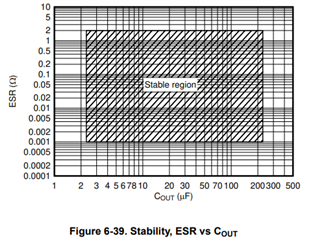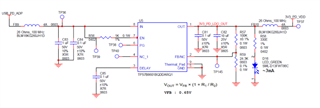Tool/software:
Hello Team,
In our design we are going to use TPS7B8601BQDDARQ1 IC for which we have created the design, Can you please review it.
Vin : 5V to 20V
Current Consumption : 0.4A

What would be the Power dissipation from this IC ?
Regards,
Tirthal Patel



